What’s in season? The best times to buy fruit and vegetables to save money
SHOULD you buy berries in winter or spinach in summer? Here’s everything you need to know about finding the best and cheapest fruit and veg in Melbourne.
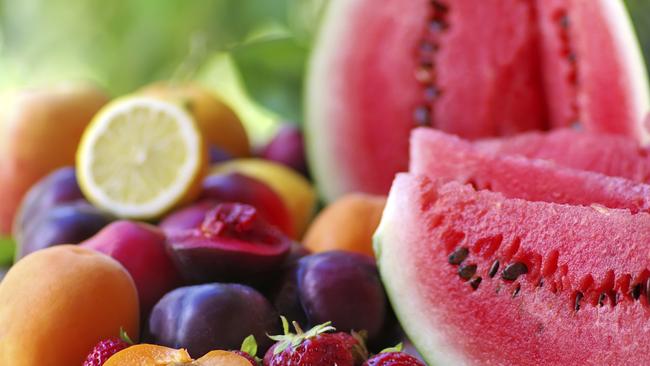
VIC News
Don't miss out on the headlines from VIC News. Followed categories will be added to My News.
FRUIT and vegetables are great for us, but how can we make them better for our wallets too?
Shoppers can make a serious dent in their weekly grocery bills by taking a little more care when they’re buying.
The key is to think seasonally and to shop around, two experts say.
Agazio “Gus” Bressi has been a fixture at the Queen Victoria Market since 1978 with his wife Carmel at G+C Fresh Produce.
Mr Bressi says the best way to get the cheapest, freshest greengroceries is to shop at the markets and to buy what’s in season.
“You’ve got to pick what’s in season. We don’t buy things from outside Australia. We buy Australian-made, you know,” he said.
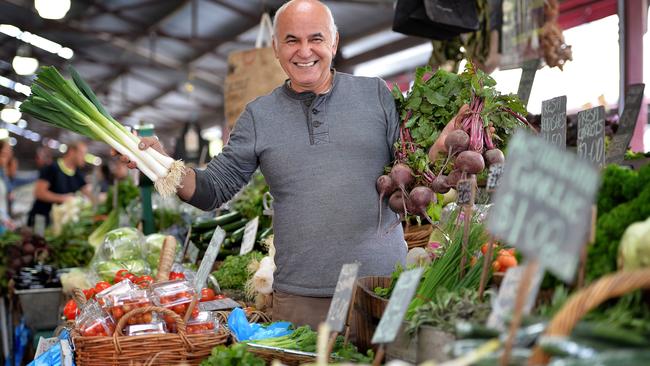
“Now, here, it’s artichokes, cauliflower, cabbage, broccoli, broccoli di rapa, fennel that are in season. There’s plenty of zucchini, too.
“Jerusalem artichokes. People are buying them now to make soup.”
Mr Bressi says he stocks fruit and vegetables from interstate but buys locally wherever possible.
Market shopping ensures freshness and a great atmosphere, Mr Bressi said.
“Come down to the market. You will find anything you want. The price is cheap and it’s fresh. We buy daily. We don’t have a cool room because I go to the (wholesale) market nearly every morning and I’ll buy what’s fresh every morning,” he said.
“And it’s a friendly place. We have customers that have been coming here for 30 years.”
Buying seasonally ensures you get the best produce, Mr Bressi said,
“Watch the seasons. If you see something out of season, it’s all right, but the best thing to do is to wait until things are in season,” he said.
“Grapes, when they finish the season they put them in the coolroom. Apples, they can keep them for three and four months in the cellar.”
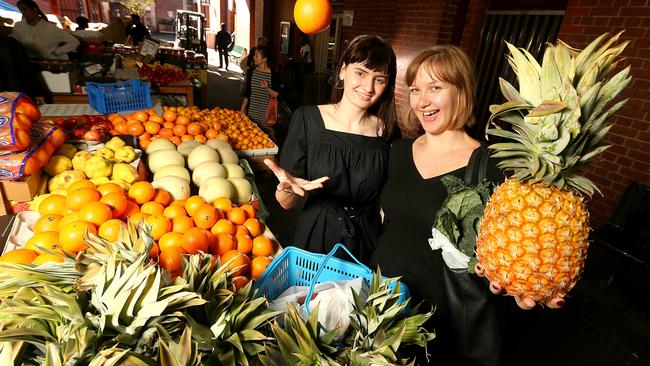
What are your tips for cheaper food at the checkout? Tell us in the comments below.
Mr Bressi said his winter vegies will be priced to sell at his stall, which opens from Thursday to Sunday.
“Broccoli and cauliflower is in season now. It’s cheap, and you can feed a few people if you buy a bunch for $2 or $3. Spinach and silver beet are in season, too,” he said.
“You know what you cook, you know what you eat – and it’s cheap. If you go out to eat, you’ll pay $30 or $40 but if you cook, $30 or $40 will feed you for a week.”
Tony Nigro is the data fresh manager at Fresh State, which represents vendors at the Melbourne Wholesale Fruit, Vegetable and Flower Market in Epping.
Mr Nigro charts the rise and fall of fruit and veg prices.
He said some fruits and vegies are in strong supply and are selling cheap at the market.
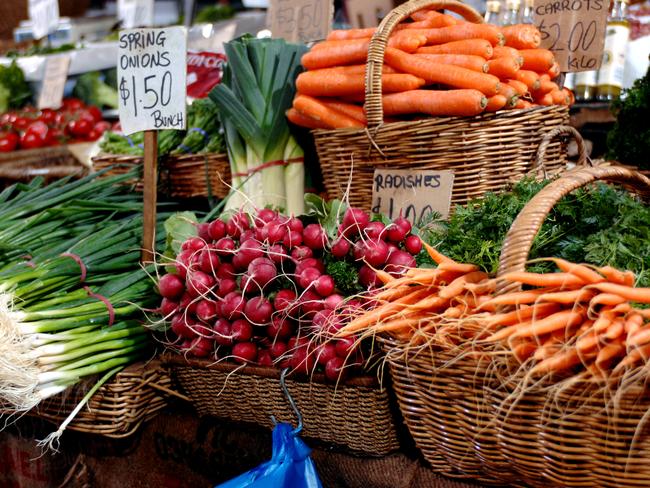
“It’s all about supply and demand, and at the moment we are very well supplied with a lot of lines - bananas, mandarins, even avocados have come down in price, beans, eggplant, capsicums – they’re all very attractively priced,” Mr Nigro said.
“Bananas have been very cheap for a long while now. There have been quite a few promotions with the major retailers and they have been down to $1.49 a kilo or less in some cases.
“Imperial mandarins have been in over-supply for the past six weeks and they have been very cheap on the market floor, but sometimes what is cheap on the market floor isn’t necessarily translated at retail level.”
Shopping around is the best way to save.
“Obviously, the retailers are very competitive at the moment so I’m sure their fruit and veg is priced accordingly at the moment,” he said.
The modern practice of buying produce from interstate or overseas once local seasons have finished has ironed out some of the peaks and troughs in prices
Grapes and stonefruit from the United States and Mexican mangoes are among the imports on the market right now to fill gaps as local seasons close, and they come at a hefty price because of smaller volumes.
“They’re dear by normal standards, but things like stonefruit are now available all the time,” he said.
“That’s what’s happened over the past few years. Nothing is out of supply for too long.”
Price rises hit when there’s a gap between seasons in different regions.
That’s where it pays to watch fruit and veg prices, and not simply buy your favourites at any price.
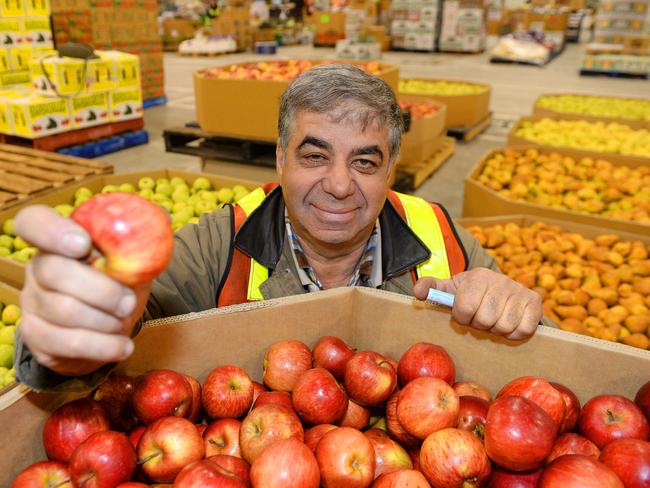
Strawberry, blueberry and tomato prices are high now, Mr Nigro said, but will stabilise within weeks as supplies from places like Queensland come in to replace dwindling Victorian production.
“Nothing will just skyrocket in price any more. I think consumers get to a certain point where if it’s too dear, they will stop buying, and the moment they stop buying, the price will be adjusted down,” he said.
Kale, haled as the big, new superfood a couple of years ago, is now more available and, therefore, much cheaper, Mr Nigro said.
“We have a few unusual things on the market like rambutans and carambolas (star fruit) but the main stuff like bananas, apples, pears, potatoes, onions, pumpkins and avocados just keep motoring along,” he said.
WHAT’S CHEAPER RIGHT NOW
artichokes
cauliflower
cabbage
broccoli
fennel
zucchini
bananas
mandarins
avocados
beans
eggplant
capsicums
spinach
silverbeet
OUT OF SEASON LOCALLY
Strawberries
Tomatoes
Blueberries
Grapes
Mangoes
Apricots
Blackberries
Raspberries
Plums
Cherries
Watermelon
Peaches
Netarines
For what’s in season for each month of the year see Victorian Farmers’ Markets Association.


